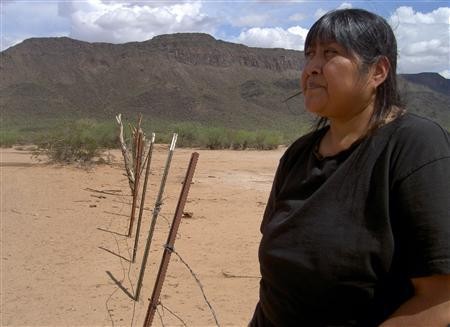Harvard Researcher Dr. David Reich revealed that Amazonians rooted from an Asian population that had died out.
The study that came out online on July 21, Tuesday, agrees with the pre-existing belief that the Americas were settled by Siberian immigrants crossing the now-submerged land bridge more than 15,000 years ago. It revealed that another population crossed the same bridge and co-fathered the modern-day Amazonians.
The succeeding group, Population Y, is an Asian population that no longer exists but had left their genetic fingerprints in the modern natives of Australia and New Guinea. It is still unclear why they crossed the land bridge, New York Times reported.
The paper of Reich and his team published on Nature presented a map showing that Amazonians are more genetically similar to New Guineans and Australians than to Mesoamericans and North Americans.
Mentioning morphological studies, the comparison of skeletons from different periods in the Americas, Nature questioned the previous belief that the Siberian immigrants are the only ancestors of the Amazonians. It noted that modern-day Amazonians have genetic differences from their earliest ancestors, thus the latter might have another set of forefathers.
The similarities between South Americans and Australians cannot be explained by the recent events that caused the post-Columbian African, European, or Polynesian gene flow into the Native American population.
The study was conducted to 63 individuals from 21 Native American Populations in South and Central America that have strong evidence of coming from the first American ancestral population.
Meanwhile, Andamanese Onge, Papuans, New Guineans, and Mamanwa Negritos from the Philippines also share similar gene similarities with the Amazonians.



























